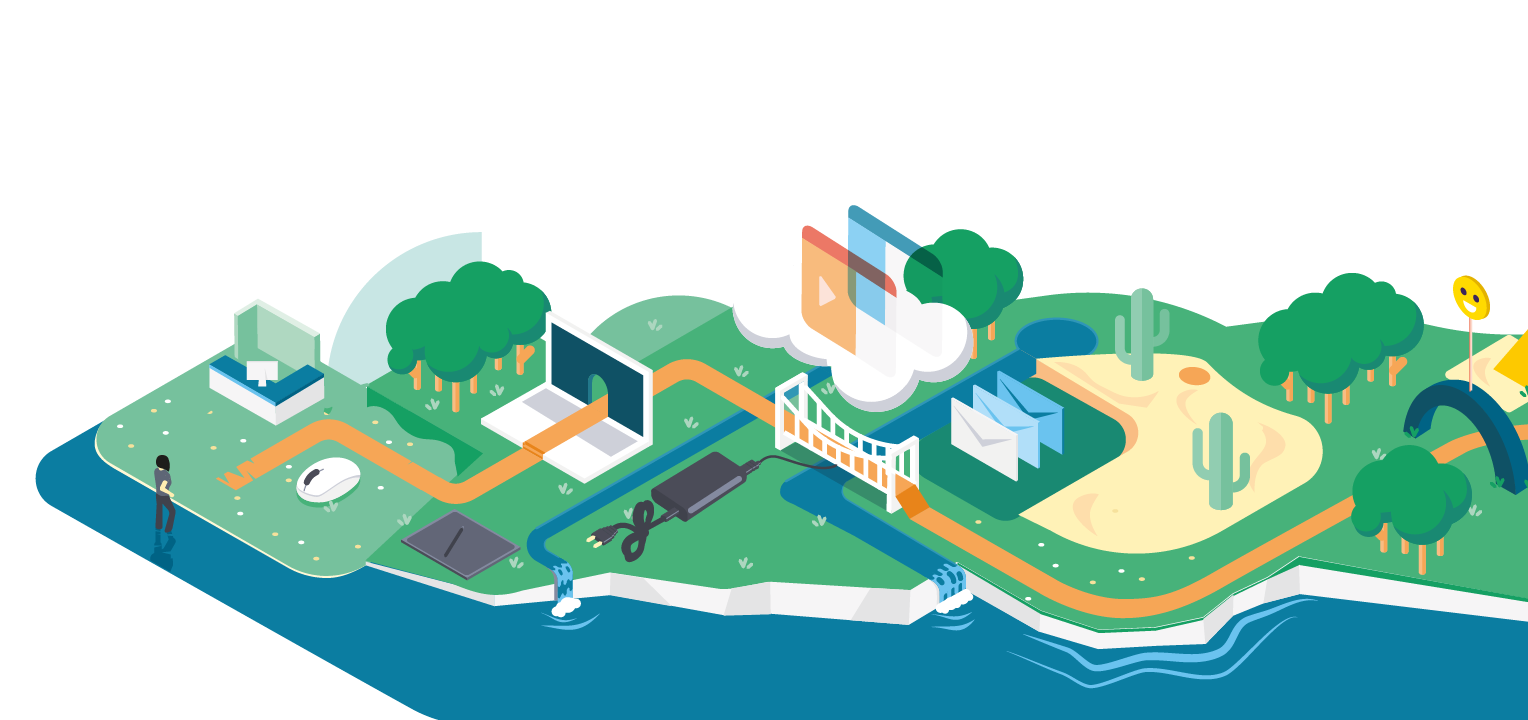
Hannah Price
Consultant and knowledge sharing enthusiast
You're trying to increase your customer satisfaction score or improve the image of your IT department. Have you considered mapping your customer journeys? Customer journey mapping offers a more holistic view of your services and will help you improve your end-user experience and customer satisfaction scores. We've written a lot about this before and how to map out different touch points. But what is a customer touch point?
What is customer journey mapping?
Creating a customer journey is all about understanding your service from the point of view of your customer. All you have to do is develop several personas that reflect stereotypical customers. This gives you the opportunity to understand different perspectives – a simple but effective method. Once you have created your user profiles, touch points and experiences become easier to map.
Read more about mapping customer journeys here >>
Let’s talk about customer journey touch points
A touch point is essentially any interaction your customer has with your business from initial contact right up until resolution. When mapping potential customer journeys, begin with a single journey to identify the interactions, which may include the following:
- Emails
- Phone calls
- Waiting times
- Any other interactions your customer may have with you
Each interaction contributes to the journey, and every touch point plays an important role in the overall customer satisfaction score. Consider every possible correspondence and how the customer feels about that specific interaction. What's the reaction on their end - and what can you do to improve it?
Is your medium of communication even the best possible one? For example, could it be better to re-route an interaction to the self-service portal?
Remember, a journey doesn't end with the closure of a ticket. How do you follow up the call?
Creating a customer journey
It's important to decide what you want your customer to experience. This will be your foundation for subsequent mapping. Also make sure to consider all the departments your customer may encounter. Your department may not be solely responsible for their overall experience. Think Enterprise Service Management - involve your colleagues!
These are the steps you can take to create a customer journey:
- When beginning to plot the journey, it’s best to start by giving it a descriptive name and outlining the expectations your customer would have for this journey – be realistic.
- Outline and describe the touch points and make sure you consider all the possible interactions.
- Consider how clients might react to each specific touch point and attach emotions accordingly (happy, angry, satisfied).
- Once you've achieved all of this, you can identify where and how you can improve.
These steps will help get you started. But it doesn't end there: you should aim for continuous development and improvement. With that in mind, it’s worth considering working together with your colleagues to decide how you want to improve and discuss why specific changes will help you.
This is what a simple customer journey map looks like >>
How to improve your customer experience
Customer journey mapping helps you identify and resolve potential issues before your customer starts their journey. The process of improvement takes time, we know. Just focus on one critical area at a time to achieve meaningful change that'll help you improve your customer journey.
Do you want to take your service delivery to the next level? We'll help you with templates you can use to track your customer journey. Download our customer journey mapping toolkit for a more in-depth guide to customer journey mapping.

Submit a Comment